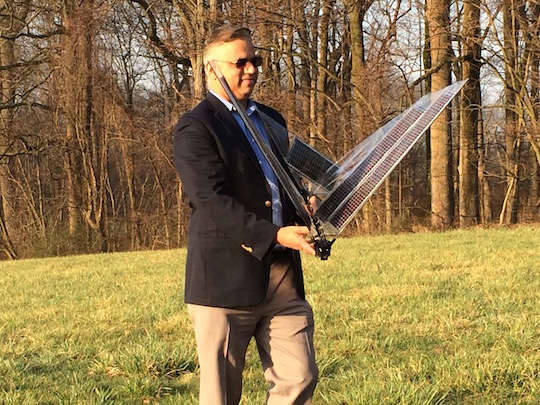Lina Zeldovich
AUTHOR / JOURNALIST
Robot Birds Haven’t Taken Over Our Society…Yet

Luke Roberts, a 26-year-old musician with an ash-blond Mohawk and a scruffy chin, sits at a table littered with wires, spare parts, and half-assembled robots in the University of Maryland’s Robotics Center nearby Washington, D.C. Here students’ mechanical creations learn to walk, crawl, and even fly. Unlike some of the other hulking bots standing about the room, Roberts’s consists of just a few carbon fiber sticks about 30 inches long, a whir of wires and sensors, and microchips. It weighs roughly half a pound. “The skeleton holds all the electronics,” he explains, pointing at the flight controller, which translates the human pilot’s commands into the computer code that activates the wings’ gears, along with other vital parts. “This is the battery, and this is the brain.”
